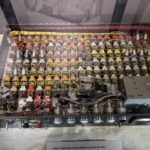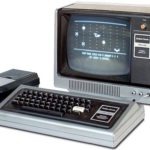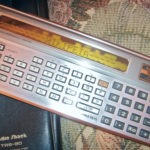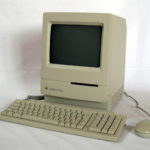This post is mostly off the PROFINET and PROFIBUS topics, but there is plenty of engineering-related material here…
Prior to the Silicon Valley PROFINET one-day training class, I had a chance to visit the Computer History Museum in Mountain View, CA. Following the recommended path through the museum takes you through the history of computing from counting with stones to modern computers. I was looking for specific computers I once had; my checklist with some surprises:
Abacus. Check. Had one. Never figured out how to use it.
Slide rule. Check. K&E Log Log Deci-Trig. (And assorted circular and linear cousins.)
Geniac. Not displayed, but in their collection. Fiberboard, brass staples, lights, and hard wiring. But you could still step through a “program.”
Tandy Radio Shack TRS-80 (Model 1). Check. BASIC in ROM, cassette tape storage – state of the art. I personally upgraded the memory from 4 to 16k.
TRS-80 Pocket Computer. Check. I had the printer too. Paid my oldest son to write a program for it – created a monster. (He went on to write a PC Magazine Editor’s Choice software package.)
Original 126k Macintosh. Missed it. The most money I ever spent on the computer, printer, and modem. A blazing fast 1200 baud modem. 1984.
I’ll skip the work-provided Compaq 2 clone (a Corona), the lunchbox (generic), and myriad notebook computers.
The surprises included the Hollerith-designed census tabulator from 1890 with the first use of punch cards. I was the only one who raised my hand when the docent asked who had used them – in college feeding an IBM 360 in Fortran IV and 360 Assembler.
DEC PDP 11. I suffered briefly with this as a computer used in semiconductor manufacturing.
Biggest surprise: relay ladder logic machine from the 1950. Of course it used electromechanical relays.
For everything from Pong to super computers, it’s worth a visit to the Computer History Museum.
- Relay Ladder Logic Machine
- TRS-80 Model 1
- TRS-80 Pocket Computer
- Macintosh Classic
–Carl Henning




